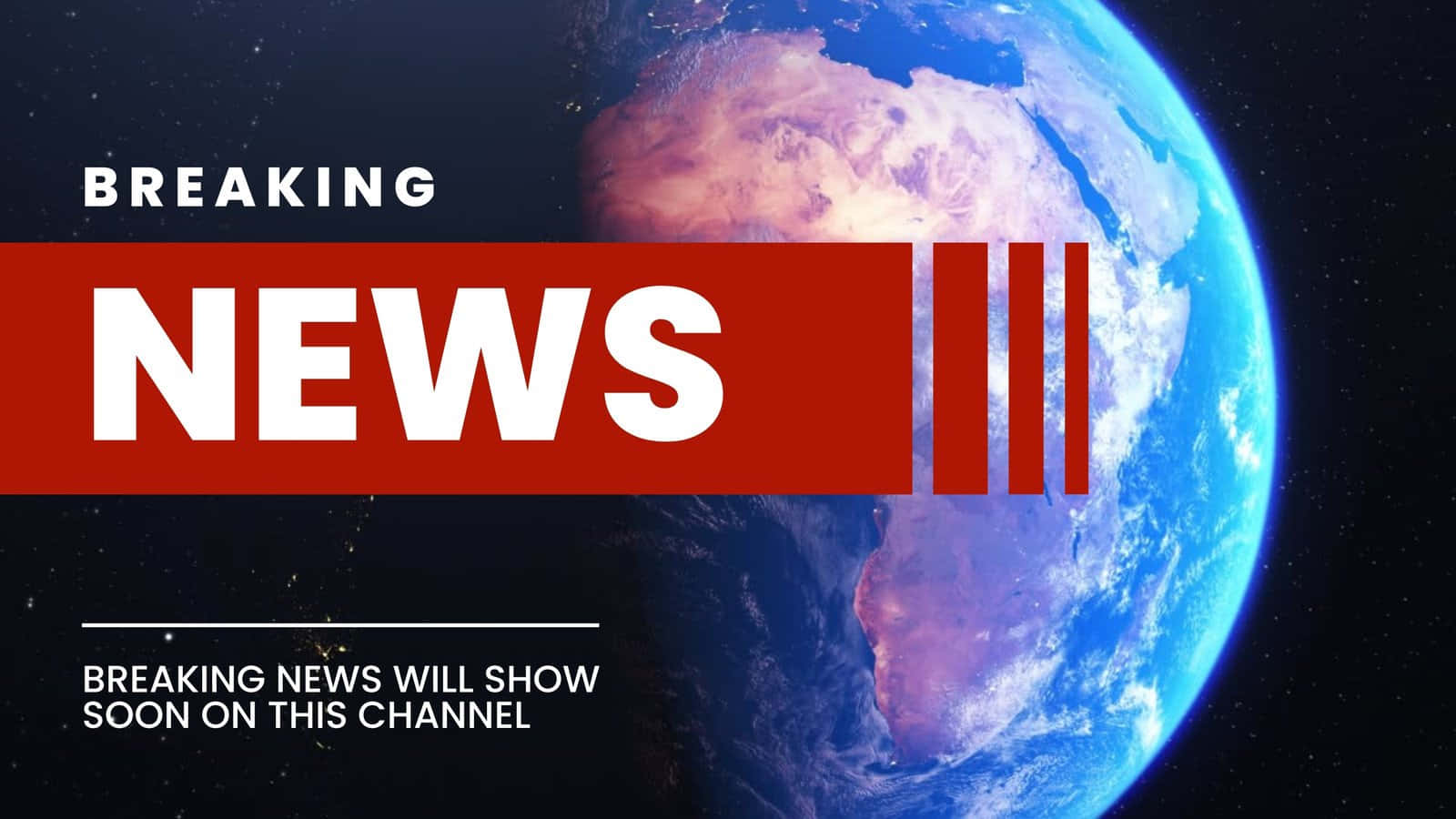Title: Boeing’s Starliner to Return to Earth Uncrewed as NASA Aims for Safe Landing
In a significant milestone for Boeing’s Starliner program, NASA and the aerospace giant are set to bring the spacecraft home without its crew on Friday, marking the end of a troubled first crewed mission. The mission, which was intended to be the final certification flight before Starliner could regularly transport astronauts to and from the International Space Station (ISS), has been fraught with technical issues. However, NASA officials remain confident in the spacecraft’s capabilities, having determined that the trip should proceed without human passengers due to reservations about its performance.
Starliner’s undocking from the ISS is scheduled for around 6:04 p.m. EST on Friday. Assuming everything goes according to plan, the spacecraft is expected to touch down at New Mexico’s White Sands Space Harbor approximately six hours later, bringing the first crewed mission for the Boeing-made Starliner to a close.
Technical problems during the mission, including issues with several thrusters and helium leaks in the propulsion systems, required an extension of the mission by several months. Engineers from NASA and Boeing worked tirelessly to identify the root causes of these anomalies. After extensive ground and orbit-based testing, NASA and Boeing decided that Starliner should return to Earth empty, with astronauts Butch Wilmore and Suni Williams instead using a SpaceX capsule to return to Earth in February 2025.
A unique feature of this return mission is the breakout burn, which involves 12 small burns to move Starliner away from the ISS. This maneuver, which requires a much shorter period of time than the approach burn, is designed to avoid the same issues that engineers observed at the start of the mission. Steve Stich, NASA’s commercial crew program manager, assured that this maneuver poses no safety threat to the ISS.
The next critical step will be the 60-second deorbit burn, which will propel Starliner into Earth’s atmosphere, setting it on a trajectory to White Sands. The spacecraft will deploy parachutes and airbags for a soft landing on the ground.
NASA and Boeing will conduct a thorough post-flight analysis to evaluate the spacecraft’s performance, with the teams already considering modifications to the system or additional testing to achieve full certification by NASA. However, the exact path to certification and any additional costs for Boeing remain uncertain, as the company has already spent over $1.5 billion on the Starliner program.
Despite the challenges faced, the successful return of Starliner without crew members demonstrates a significant step forward for Boeing’s space exploration capabilities and paves the way for future missions with astronauts.
Views: 0
